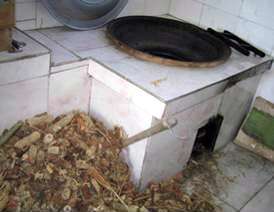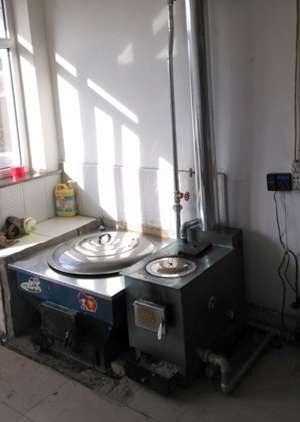Building a structure for efficiency

Researchers at Pacific Northwest National Laboratory, working with partners at the China Academy of Building Research (CABR), analyzed current and future building energy use in rural China and developed an assessment of the issues and options for improving capacity and implementation of a building energy standard. Though there are feasible options for improving energy efficiency in rural buildings, they researched the significant challenges in establishing support at a local level. Due in part to their work, China has recently adopted a voluntary building energy standard to guide local governments in their work with rural populations. Their research is helping China to take important steps to improve energy efficiency in rural buildings.
"The Chinese government was interested in testing the feasibility of a code before adopting it," said Meredydd Evans, lead researcher and expert in building energy efficiency working at the Joint Global Change Research Institute (JGCRI) in Maryland. "The pilot implementation projects and reviews we conducted with CABR helped establish the feasibility of moving forward with a code on a voluntary basis."
JGCRI is a partnership between PNNL and the University of Maryland.
Worldwide energy use demands are increasing, and so are concerns to limit greenhouse gas emissions and climate change. China, with one fifth of the world's population, has a growing economy and per capita energy use. Rural buildings now account for well over half of China's total building energy use and approximately 40 percent of their total floor space, equivalent to all U.S. residential floor space. As rural families switch to commercial fuels and expand their use of energy, the emissions from these buildings will grow. Because of their current inefficiency, improving energy efficiency in rural buildings is a readily achievable goal—a "low hanging fruit"—for capturing energy savings with feasible options. The PNNL researchers, collaborating with partners in China, are tackling the issues of how to improve energy efficiency and building standards in rural China.

A PNNL research team led by Evans working at JGCRI used the Global Change Assessment Model (GCAM) to assess China's rural building energy trends. GCAM, developed at PNNL with support from the U.S. Department of Energy, is an integrated assessment model that links economic, energy, land-use and climate systems to show the effects of regional and global change. The team conducted field interviews with Chinese experts to understand the challenges and options for rural building codes to promote efficient energy use. They developed recommendations on possible policy options and implementation mechanisms for new codes, and tested implementation options for a rural building code in two rural villages in conjunction with the CABR.
China adopted a voluntary rural building energy standard in December 2012. Now researchers are moving to assess progress with implementation, and as capacity grows, move toward making the standard a requirement.
More information: Evans M, S Yu, B Song, Q Deng, J Liu, and A Delgado. 2014. "Building Energy Efficiency in Rural China." Energy Policy 64:243-251. DOI: 10.1016/j.enpol.2013.06.040
Journal information: Energy Policy
Provided by Pacific Northwest National Laboratory
















